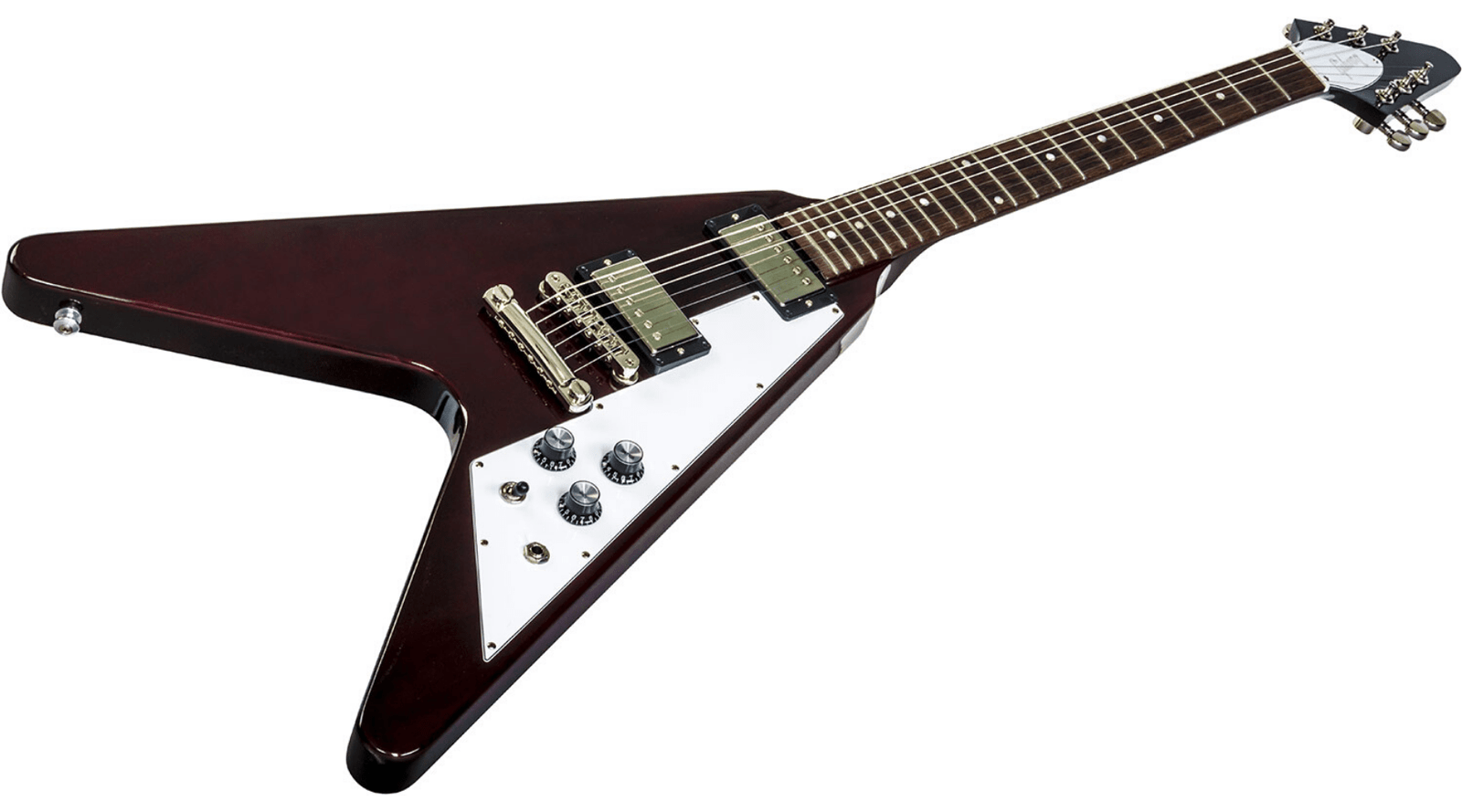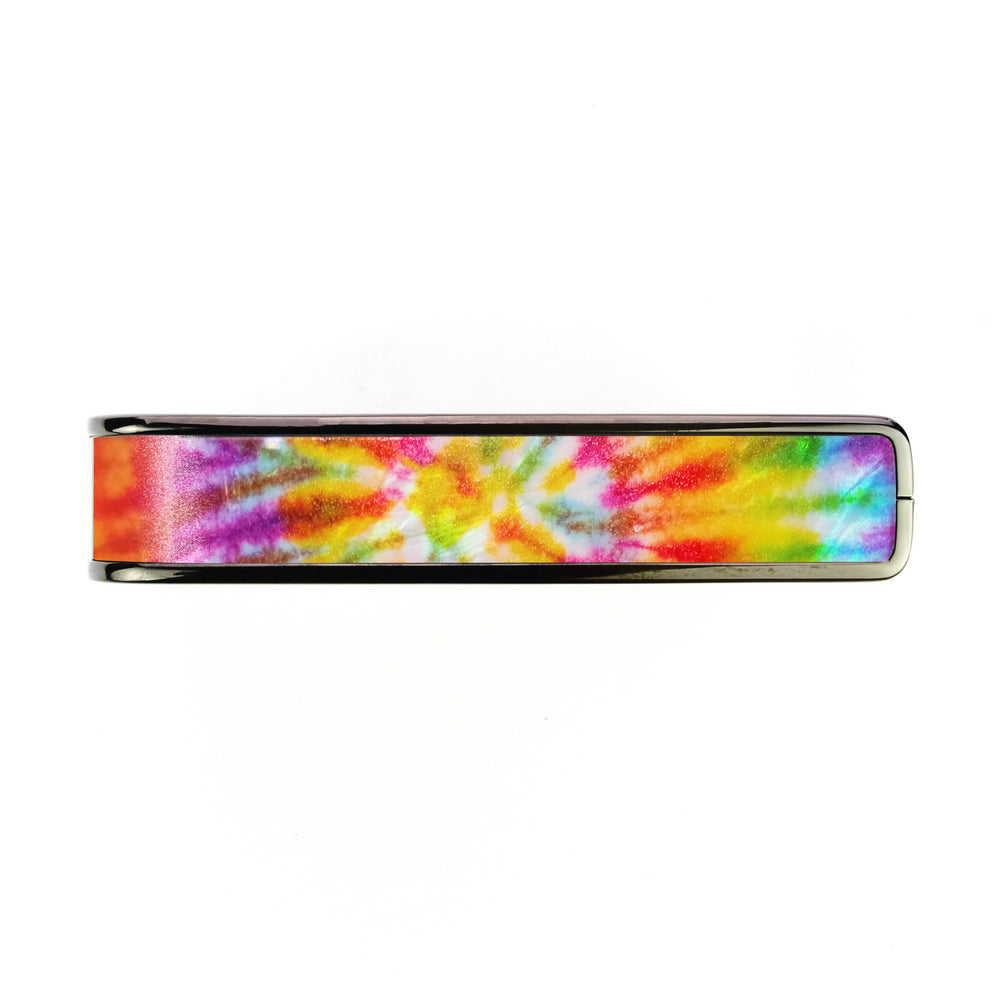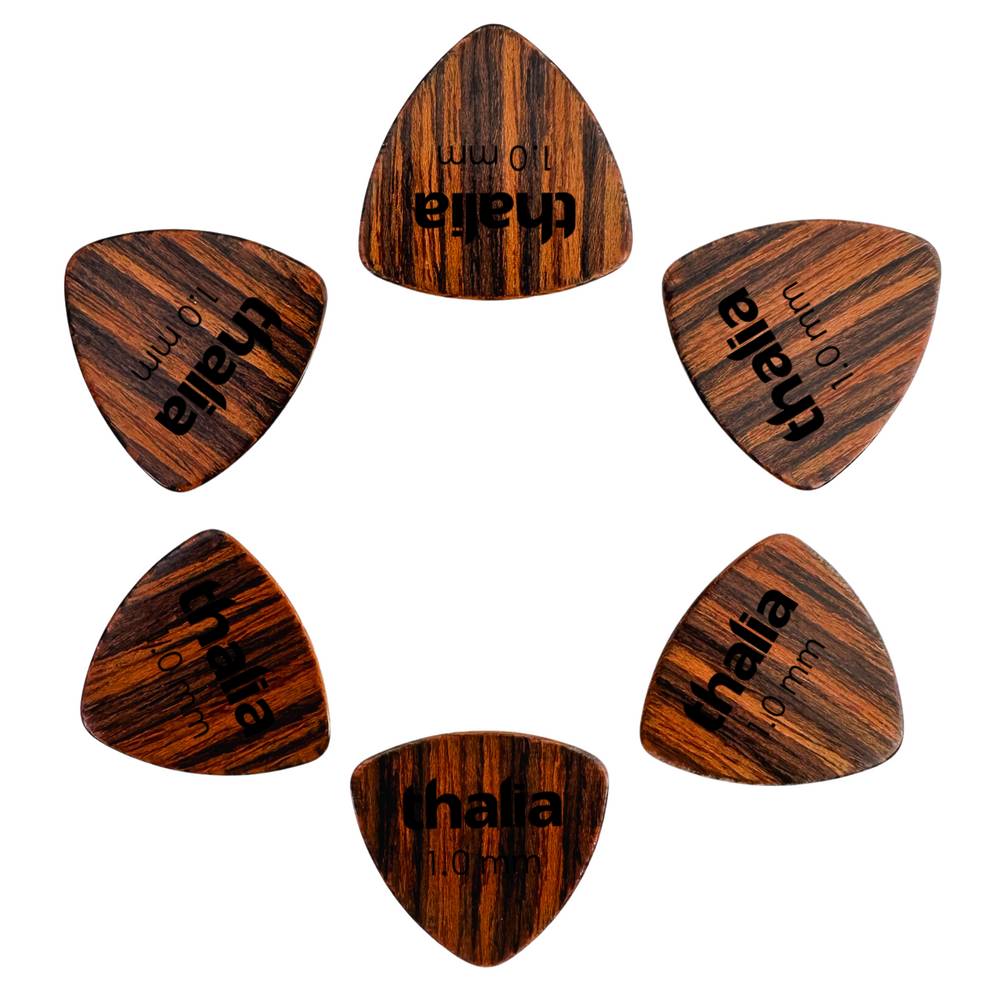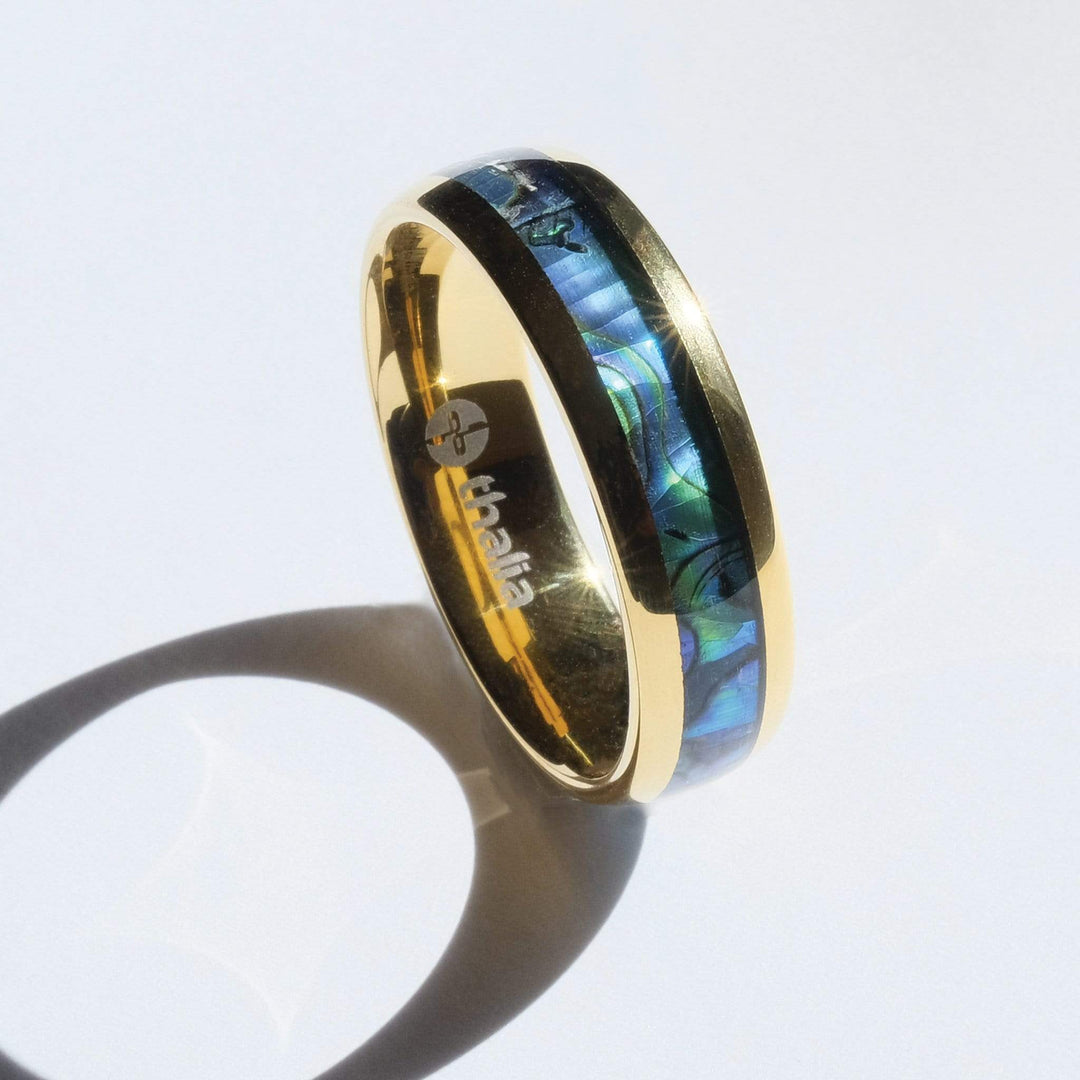Iconic Guitars: Gibson Flying V

Gibson’s Flying V is such an icon, it transcends the realm of guitar nerdery. Along with Fender’s Strat and Gibson’s Les Paul, it’s one of the most recognizable guitar silhouettes of all time. And, at one time or another, it’s an instrument that every would-be head banger has coveted.
But, the Flying V wasn’t an instant hit with customers on its release in 1958. Indeed, it would be almost two decades before Gibson’s futurist axe found its sizable niche. In today’s post, we’ll find out why. But first, we need to know what was going on with Gibson’s number one product circa 1957…
These days, the Gibson Les Paul is recognized as a timeless instrument. It’s an iconic guitar that, to most minds, never goes out of style. But, there was an era when Gibson’s solid-bodied mainstay was decidedly unfashionable.
In the early 1950s, the Les Paul broke the mold. By the mid-decade, however, it had been usurped by Fender’s mighty Stratocaster. In the post-war period, looking forward was very much en-vogue. And Fender’s sleek, futurist design captured the imagination of a generation invested in “the world of tomorrow.”
Next to the Strat, Gibson’s solid bodied offerings looked somewhat staid. Sales suffered as a result, prompting action from Gibson president Ted McCarty. Recognizing that his company needed to reposition itself as the market leader in guitar innovation, McCarty green lit the development of several new guitar models.
Amongst those were several “modernistic” instruments that radically departed from Gibson’s established output. Looking to break away from customers’ perceived image of what a Gibson product was, McCarty hired artists from outside of the company to create new instruments with future appeal.
Once Gibson whittled down those designs, three went to prototype stage: The Futura, (which became the Explorer), the Moderne (which never went into production) and the Flying V; so named for its distinctive V shape.
 Initial prototypes of the V were made in mahogany. But, before the guitar went into production, Gibson switched to African Limba wood, better known as Korina. Like Strats, which were typically ash or alder at the time, this made the mahogany bodied Les Paul. Plus, the pale-blond color gave it an aesthetic bang on trend for the late 1950s.
Initial prototypes of the V were made in mahogany. But, before the guitar went into production, Gibson switched to African Limba wood, better known as Korina. Like Strats, which were typically ash or alder at the time, this made the mahogany bodied Les Paul. Plus, the pale-blond color gave it an aesthetic bang on trend for the late 1950s.
Unveiled alongside the Explorer at trade shows in 1957, the Flying V left dealers in no doubt that Gibson was still an innovator, and could go toe-to-toe with Fender when it came to futurism. Unfortunately, though, that didn’t translate to sales. Like the Explorer, the Flying V was just too radical for audiences of the late 1950s.
While orders for the Flying V far outstripped those for the Explorer, they weren’t exactly flying out of the factory: only 81 shipped in 1958. By 1959, that number was down to 17. So, in 1959, Gibson quietly phased out production of the Flying V, though a few instruments made of leftover parts would trickle out during the early ‘60s.
As the fifties turned to the sixties, Gibson would revive their fortunes with two other guitars that embraced forward thinking design: the SG and the ES-335. But, for all intents and purposes, the V was grounded. Still, the Flying V found its way into the hands of a few noteworthy guitarists during this period. Lonnie Mack and Albert King gravitated towards the instrument, as did the Kinks’ Dave Davis by the mid-1960s.
Noting the V’s burgeoning cult status, Gibson decided to give it another try. In 1966, the Flying V went back into production, this time with a mahogany body, a larger pickguard and a modified headstock shape. But, in spite of noteworthy new adopters like Keith Richards and Jimi Hendrix, the V failed, once again, to take off. Just 111 instruments shipped in 1966, and by 1970, it was discontinued for a second time.
Gibson wasn’t done with the Flying V yet, though, and in 1975, it went back into production. To some, the move seemed like madness – insanity, after all, is doing the same thing over and over but expecting a different result – but third time was definitely the charm for Gibson. In the 50s and 60s, the V was ahead of its time. In the mid 1970s, however, it was bang on trend, thanks to an altogether harder form of rock dominating the airwaves.
The V might have been too futuristic for your average ‘60s rock guitarist, but for a new generation of heavy metal head bangers, the angular, aggressive style was the perfect foil to a more aggressive form of music. UFO’s Michael Schenker and his brother, Scorpions guitarist Rudolf, were early adopters of the 1975 model. Judas Priest’s K.K. Downing, was also a fan, picking up a ’67 model for the recording of “Sad Wings of Destiny” in 1976.
Thanks to the Downing, the Schenkers, and the legions of guitarists that followed them – Kirk Hammett, James Hetfield, Randy Rhoads and Zakk Wylde to name but a few – the Flying V finally found its place in the electric guitar pantheon. Since its rebirth in 1975, it’s remained in production, and it’s once radical look is today regarded as a design classic.
Who is your favourite Flying V player? Do you own one? Share your stories in the comments.





















